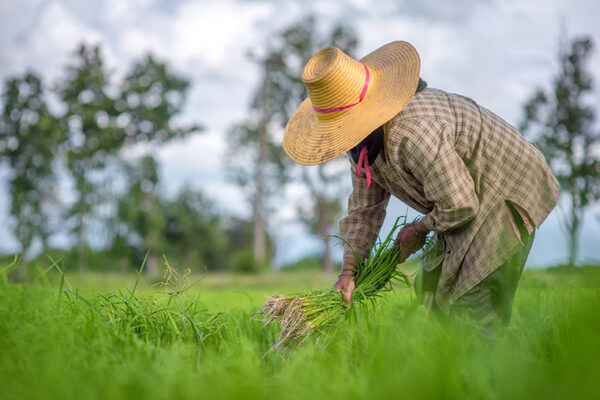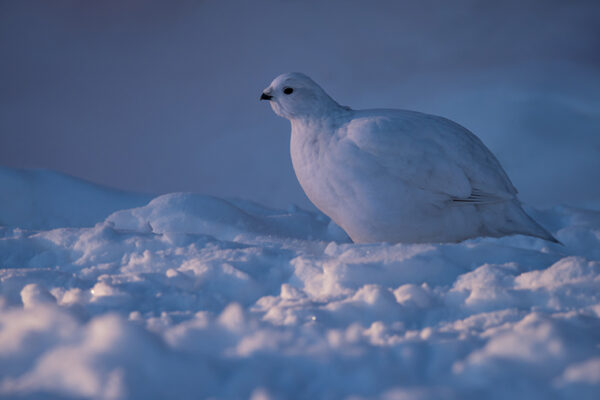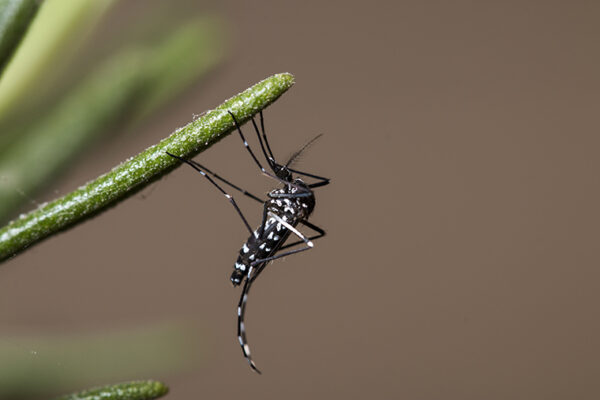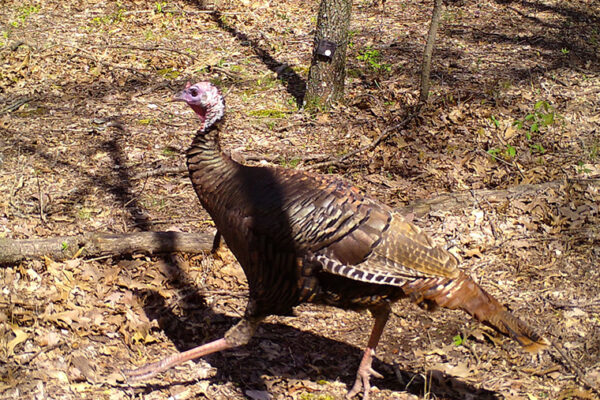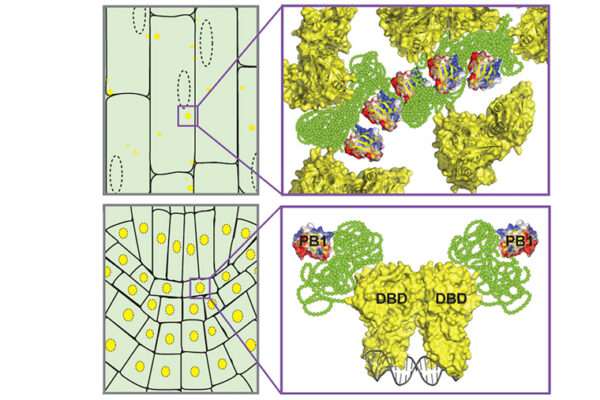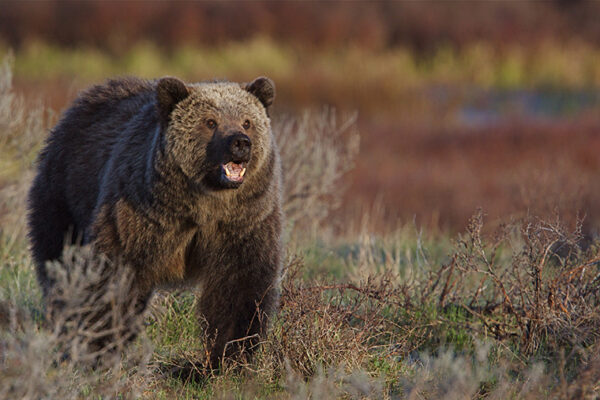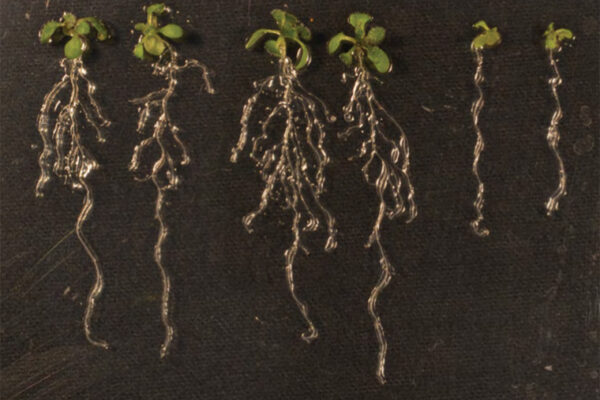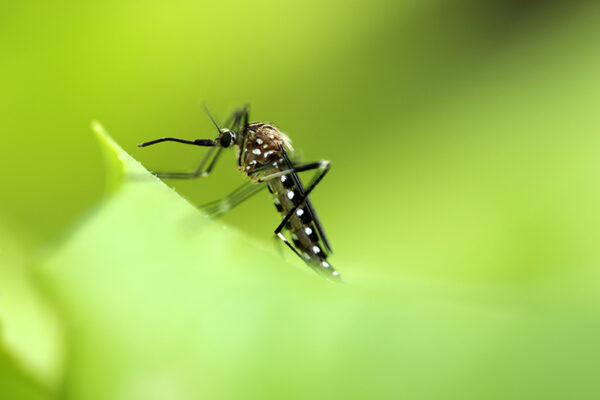Hiding in plain sight
Early rice growers unwittingly gave barnyard grass a big hand, helping to give root to a rice imitator that is now considered one of the world’s worst agricultural weeds. The new research from biologist Kenneth Olsen in Arts & Sciences was published this week in Nature Ecology & Evolution.
Big brains or big guts: Choose one
A global study comparing 2,062 birds finds that, in highly variable environments, birds tend to have either larger or smaller brains relative to their body size. New research from Carlos Botero, assistant professor of biology in Arts & Sciences, finds birds with smaller brains tend to use ecological strategies that are not available to big-brained counterparts.
Mosquitoes push northern limits with time-capsule eggs to survive winters
New Arts & Sciences research from Washington University in St. Louis shows that invasive mosquitoes at the northern limit of their current range are surviving conditions that are colder than those in their native territory. This new evidence of rapid local adaptation could have implications for efforts to control the spread of this invasive species.
Caught on camera
Researchers from the Tyson Research Center at Washington University in St. Louis and St. Louis College of Pharmacy have set up 34 motion-activated cameras to capture images of wildlife in area parks and green spaces. Students and volunteers help identify the species in an effort promote local biodiversity and improve the coexistence of humans and wildlife.
Sticky proteins help plants know when — and where — to grow
When it comes to plant growth and development, one hormone is responsible for it all: auxin. New Washington University in St. Louis research has uncovered a mechanism by which it can affect a plant in a myriad of ways.
WashU Expert: Proposed changes will stamp out ‘countless species’
The Trump Administration’s proposed overhaul of the landmark Endangered Species Act will “hasten the extinction of countless species,” says Jonathan Losos, director of the Living Earth Collaborative at Washington University in St. Louis and an international biodiversity expert.
Rethinking seizures associated with cardiac disease
Research from Washington University in St. Louis finds that mutations of a gene implicated in long QT syndrome in humans may trigger seizures because of their direct effects on certain classes of neurons in the brain — independent from what the genetic mutations do to heart function. The new work from Arts & Sciences was conducted with fruit flies and is published August 8 in PLOS Genetics.
Putting the brakes on lateral root development
Biologist Lucia Strader in Arts & Sciences discovered a cellular transporter that links two of the most powerful hormones in plant development — auxin and cytokinin — and shows how they regulate root initiation and progression. Understanding why and how plants make different types of root architectures can help develop plants that better cope with distinct soil conditions and environments.
A tale of two skeeters
A native mosquito in Missouri has fewer parasites when it shares its waters with an interloper, according to new research from biologists at Tyson Research Center, the environmental field station for Washington University in St. Louis.
The kids are alright
A new study reveals the surprising way that family quarrels in seeds drive rapid evolution. Conflict over resources seems to play a special role in the development of certain seed tissues, according to Washington University in St. Louis research led by David Queller and Joan Strassmann in Arts & Sciences.
Older Stories
